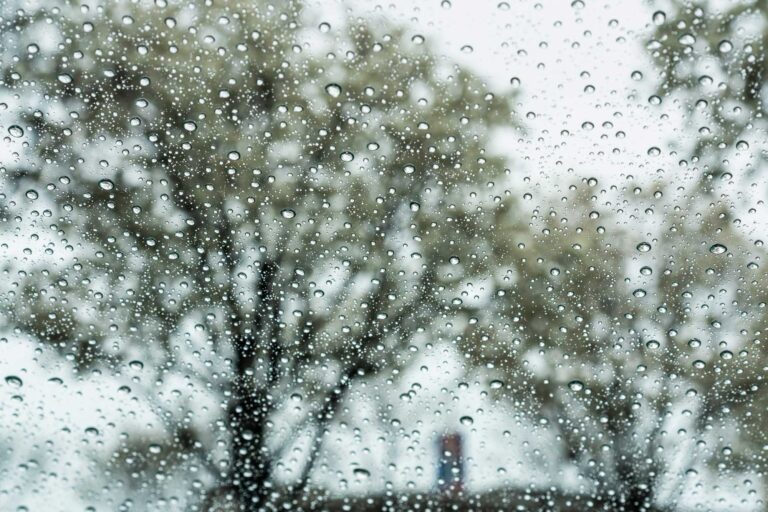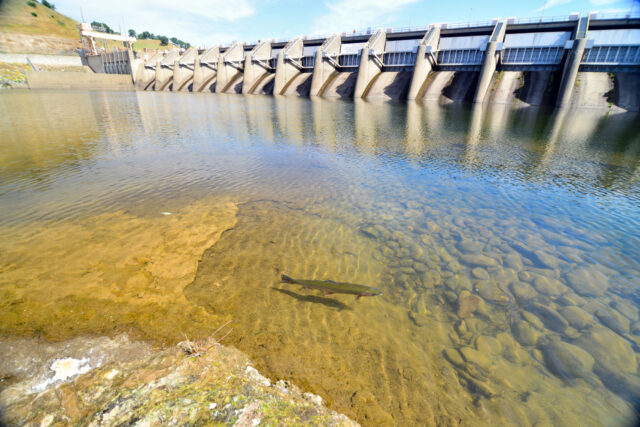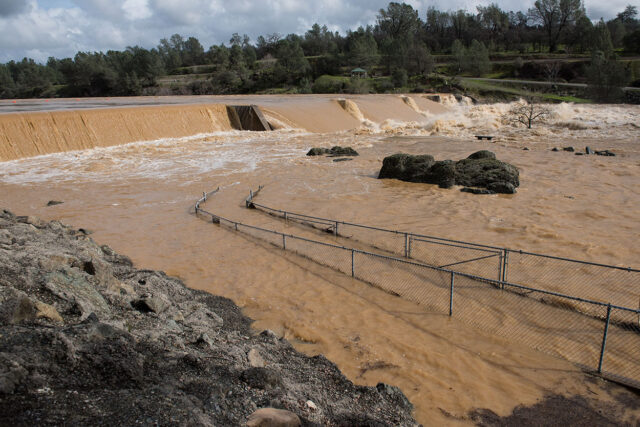By all measures, the storm of October 24th was remarkable. It broke one-day precipitation records throughout Northern California. And it did this in October, a month not known for biblical deluges in California. But did this unusually intense atmospheric river lead to significant changes in our drought picture? Yes and, mostly, no.
First the bad. The numerous landslides and debris flows, especially in areas that had recently burned, were quite damaging, especially to roads and utilities. And the urban flooding that occurred throughout northern California had real costs. Fortunately, no lives were lost.
But the bad is vastly outweighed by the good from this unusual storm. For example:
- Fall storms are crucial for water supply. Fall storms are important not so much for the water they yield, but for their ability to saturate soils. Sunday’s storm moistened soils desiccated by drought, setting us up for better runoff conditions when storms come later this fall and into winter.
- Bleak reservoir conditions improved. Reservoirs in the state will see close to half a million acre-feet of additional water from this storm. That is enough water to supply two million homes for a year or to irrigate 150,000 acres of farmland.
- The Delta received a much-needed infusion of freshwater. For much of the summer and fall, reservoir releases were needed to keep the Delta fresh enough for in-Delta farmers and for exports. This storm pushed a lot of freshwater into the Delta, improving water quality and taking pressure off of reservoirs. Delta fish and wildlife, much diminished by the punishing drought, may also have experienced some benefits.
- Salmon got a break. Flows on rivers with important salmon spawning and rearing habitat received a welcome boost after a brutal summer of high temperatures and low flows. The infusion of freshwater made more channel-margin habitat available to juveniles and helped move them downriver—an essential part of their life cycle. It also lowered water temperatures, which can harm salmon eggs if too warm.
- Birds got a break. The Central Valley is a critical link in the Pacific Flyway. In a typical fall, rice farmers in the Sacramento Valley flood 300,000 acres to decompose rice straw. These flooded fields are essential habitat for migratory waterfowl and shorebirds. Direct rainfall on these fields supplied as much as half of the water needed and greatly expanded the amount of habitat for birds. This is especially important because many farmers deferred their fall irrigation water to protect supplies in reservoirs and will have to rely on groundwater pumping.
- And forests got a break. The storms brought a welcome end to a second year of epic wildfires. This disrupted a trend of increasing late-season fires in Northern California. Drought-stressed trees also got some much-needed moisture.
Despite all this good news, the storm did not make a major dent in the drought. The new inflow to reservoirs is welcome, but total storage is still very low, typical of extremely dry conditions. Although the storm provided a lot of rainfall, it came in a relatively short period of time. This kind of storm—with its high intensity and short duration—does not do a lot of long-term good for recharging groundwater, our most important drought reserve, because so much runs off rather than seeping into the ground. Finally, one wet storm cannot undo the harm to forests, rivers, and wetlands done by these past two years of very warm, very dry conditions. Indeed, these past two years are part of a 20-year period where most years were warm and dry. We would need a number of wet and cool years in succession to improve conditions appreciably.
Most importantly, it is just too early to tell if this storm—with its record precipitation levels—will have a major effect on this water year. The coming rainy season will decide that. Keep your eyes on the sky and hope for more atmospheric rivers.





